How to celebrate valentines day with kids and on a budget!
If you’ve been following me on Instagram you’ve probably learned that my philosophy on parenting (and basically life) revolves around easy and cheap! Our Family Valentines Day Celebrations are no different.
Did you know that the average person spends around $140 on Valentines Day. This shocked me! I understand that it’s fun to splurge a few times a year and I am a big fan of celebrating love and budgeting for joy.…but, I really believe this can be done without spending a lot of money.
Our Valentines Day is a celebration that includes my husband and I, and our three children. I like to include my children because I love them too! Valentines Day doesn’t have to only be about romantic love, it can be about all types of love! We have a fun family day on Valentines day and then a frugal valentines date the next night.

“We are a participant in the Amazon Services LLC Associates Program, an affiliate advertising program designed to provide a means for us to earn fees by linking to Amazon.com and affiliated sites. As an Amazon Associate I earn from qualifying purchases.”
Family Celebrations
Our Valentines Day may be frugal, but that doesn’t make it any less special. Even though I spend very little money, our day is still just as lovely and fun as ever. My 6 year old has actually been counting down to the day for weeks (not joking).
Mailbox Love
Technically our valentines day traditions begin a couple of weeks BEFORE February 14th. Years ago I bought these darling tin mailboxes at the Target dollar spot (I love Target!). They were about $5 a piece, so not super frugal, but they have lasted us for years, and have been one of my favorite purchases ever (for reals). I found a similar mailbox on Amazon here.
We use these mailboxes to “deliver” little love notes and handmade gifts to each other in the days leading up to Valentines Day. It warms my heart every single time I watch one of my kids put a kind note into their siblings mailbox. Real talk…..my kids fight a lot…..so these moments of kindness are just so so special to me. I like to surprise my kids in their mailbox with small little gifts, such as a pencil, eraser, or some type of treat and a few love notes. They love this!
Morning Love
Valentines day at our house always begins with heart shaped pancakes. These aren’t fancy by any means….but guess what! My kids never care. They love their heart pancakes, misshaped and all (kids are pretty awesome this way, aren’t they??).

School lunchboxes are packed in the morning as usual, with the exception of a few extra goodies. I like to throw in a 25 cent box of conversation hearts and a little love note from me. Now that my oldest is 13 I’ve started skipping the extra goodies in her lunchbox….I have learned that teenagers aren’t the biggest fan of mom notes in their lunchboxes….go figure! 😉

Dinner Love
Decorating is not my forte, but I try to make our valentines dinner table a little extra special. I use our nicest tablecloth (which is actually just a cheap one that I bought from Walmart 8 years ago), I always light a few candles, and cut out some red paper hearts to place around the table. So easy right!?!? But the kids love it!
Valentines dinner is simple, yet fun. One year we had a heart shaped pizza, this year I will be making a chicken pot pie with the top crust decorated as hearts. The amount of money I spend on dinner is always in my regular weekly grocery budget, so no excess spending here! Woo!
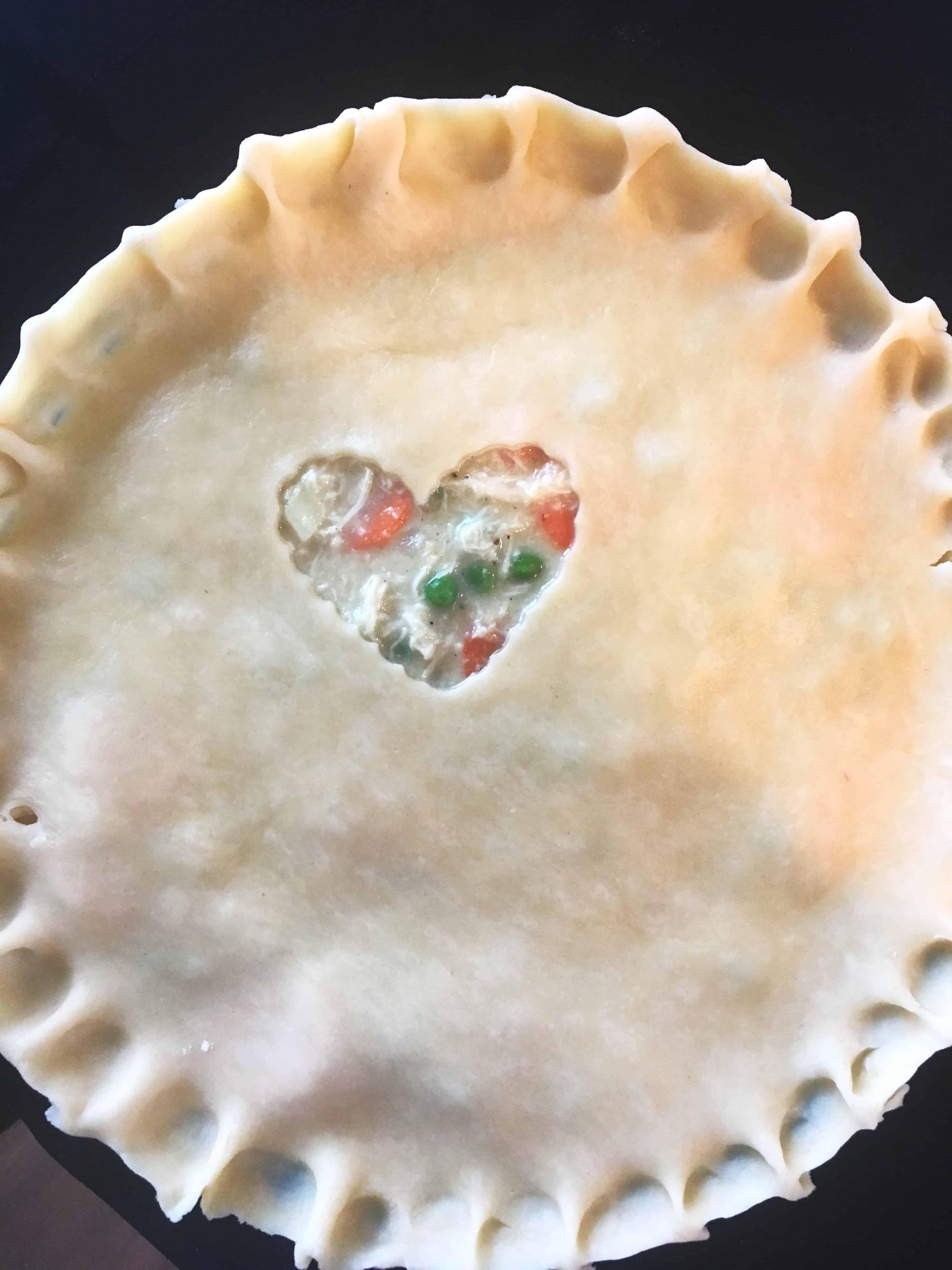
Frugal Valentines Gifts
Every year on our dinner table I include a small gift for each of my kids, and something for my husband. This year I bought each of them a small box of chocolates from the Dollar Tree, my daughters both received a small necklace and my son received a stuffed animal from the Dollar Tree. My husband is getting a larger sized box of chocolates and a love letter.
In Conclusion
These easy Valentine traditions aren’t anything fancy and hardly cost me anymore, but the gesture means a lot to my kids and I have found them trying to follow my example. The past few years my kids have been making their own little valentine gifts, and then secretly placing them on the table before dinner.
If you are needing a more Valentines Day Gift ideas, I have a few guides listed below:
10 Valentine Gifts for Her under $10
10 Valentines gifts for him under $10!
Gift Ideas for Teen Girls under $25
25 Gift Ideas for Tween Girls; all under $25!
25 Gift Ideas for 5-7 year old boys under $25
Mothers Day Gift Guide: 15 FREE Gift Ideas
This is what Valentines Day is all about! It’s about spending the time and thought to give service and love to someone you care about.
I was going to buy some strawberries and chocolate for an after dinner dessert and activity, but it honestly didn’t fit in this weeks grocery budget, so I didn’t. Maybe next year!
Don’t forget to pin this article for future reference!


You might be interested in a few of my other Valentines Posts:
Yarn Hearts: An Easy Valentine Craft for Kids
Chocolate Dipped Valentine Cookies Recipe
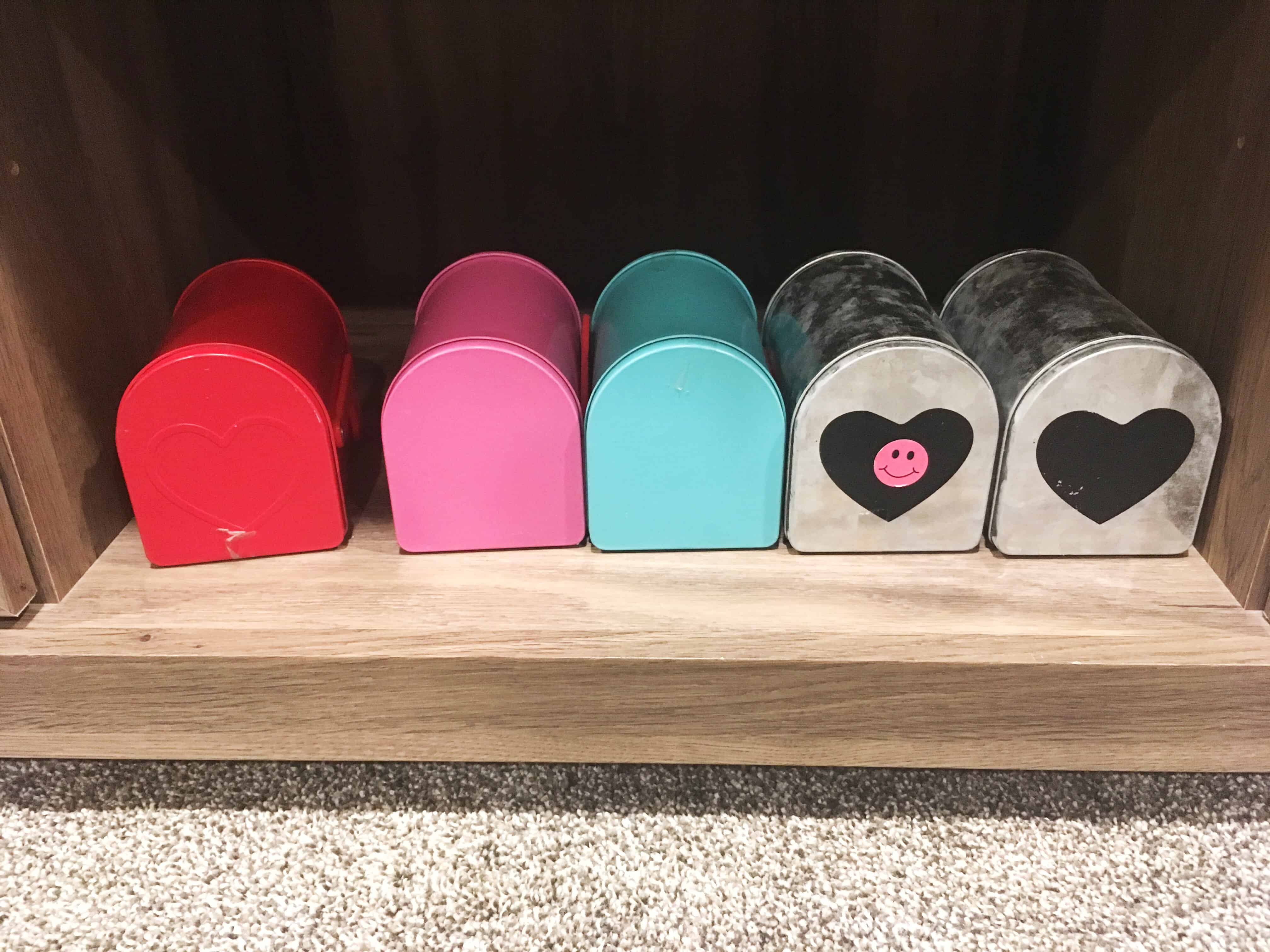
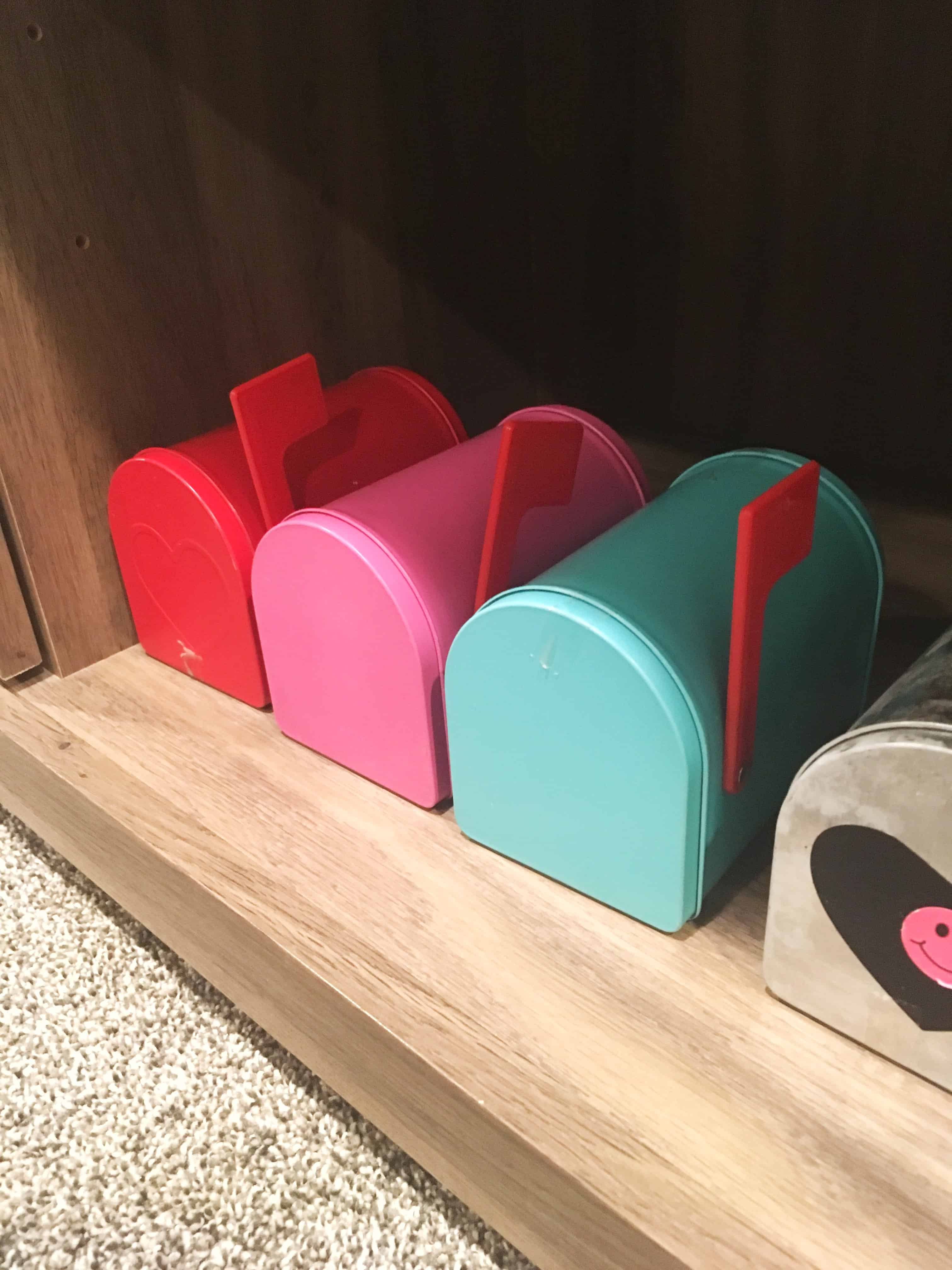
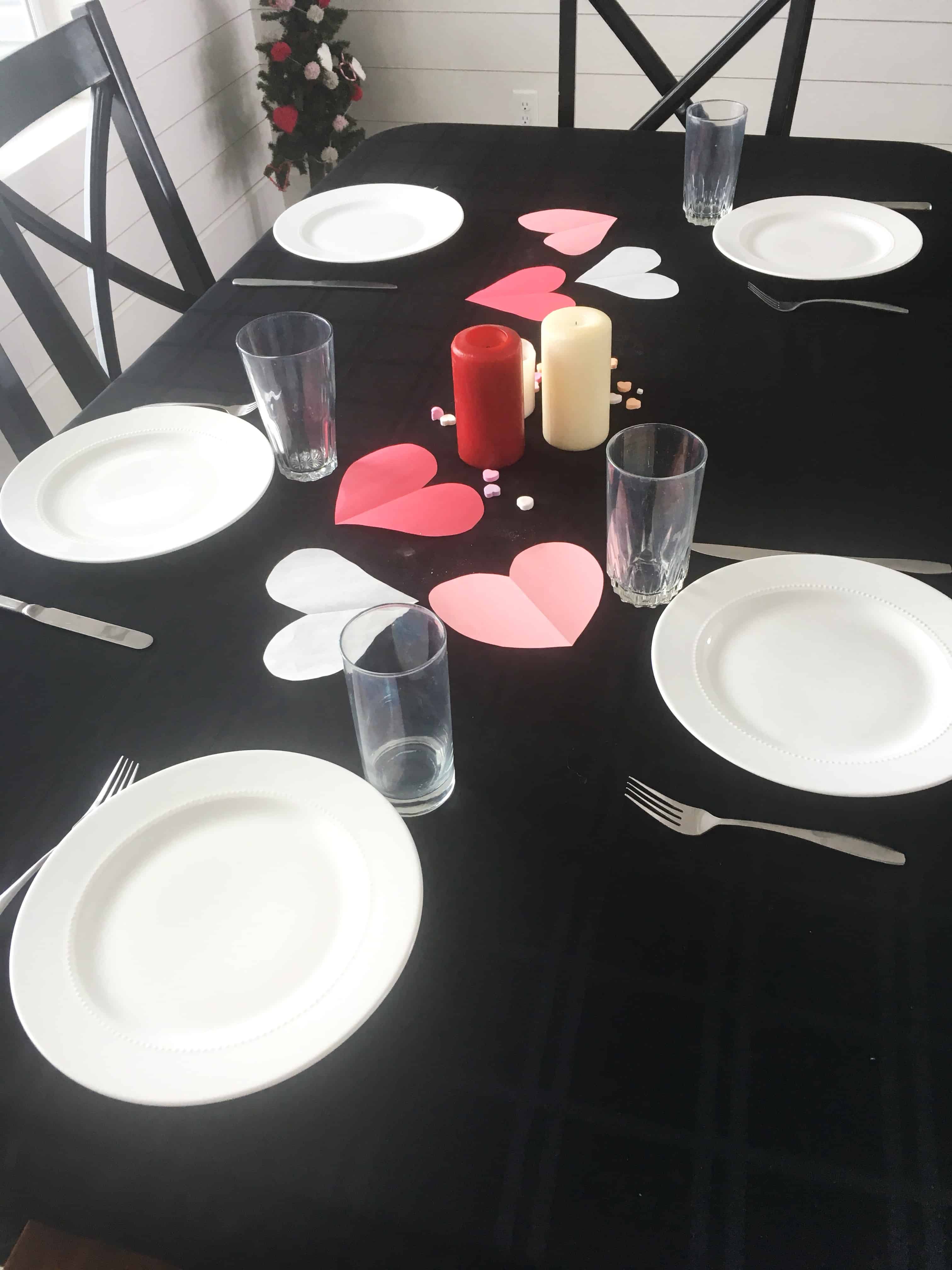

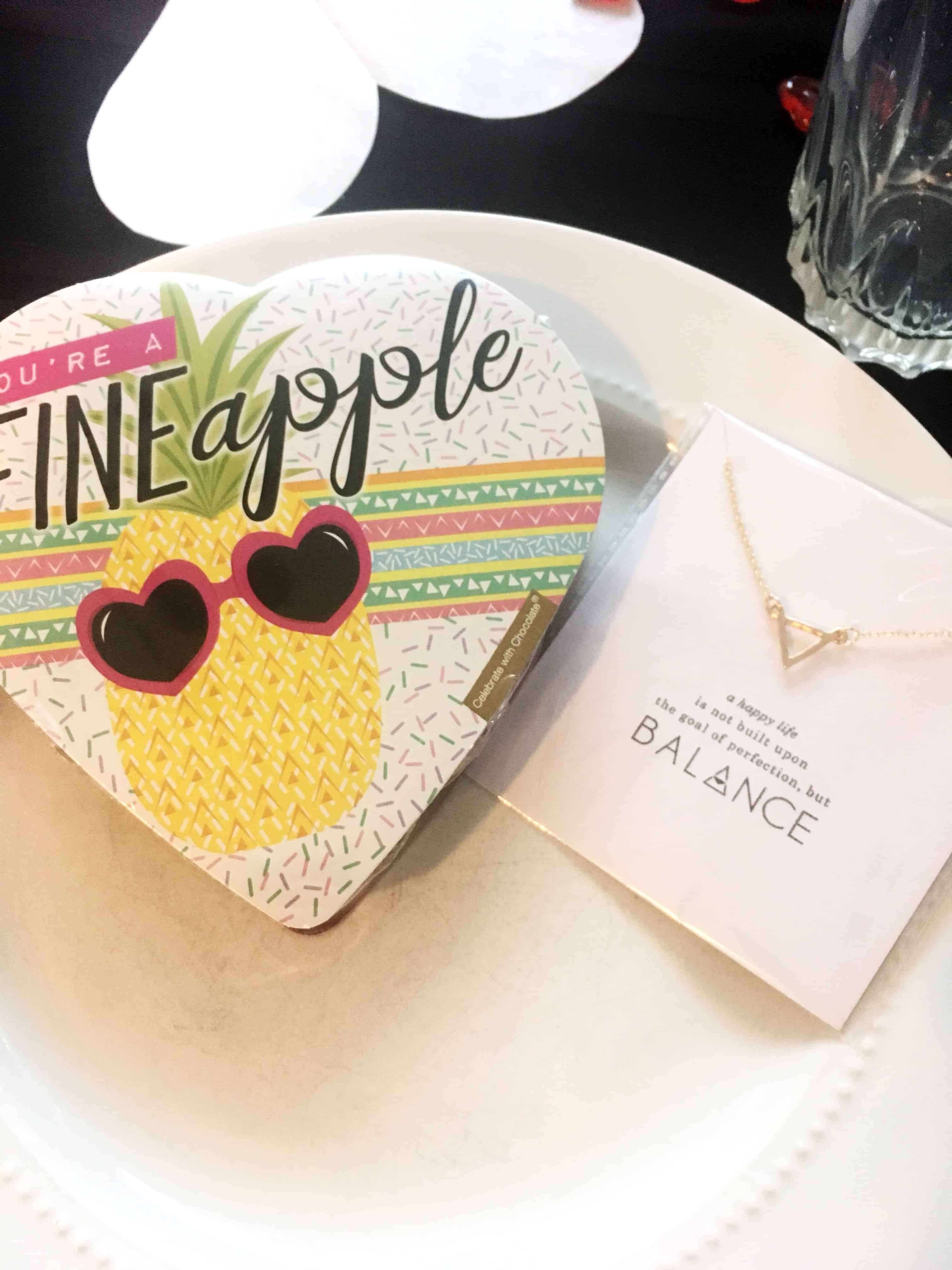


Leave a Reply